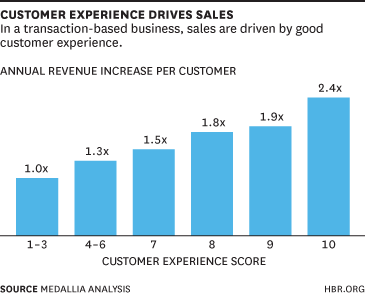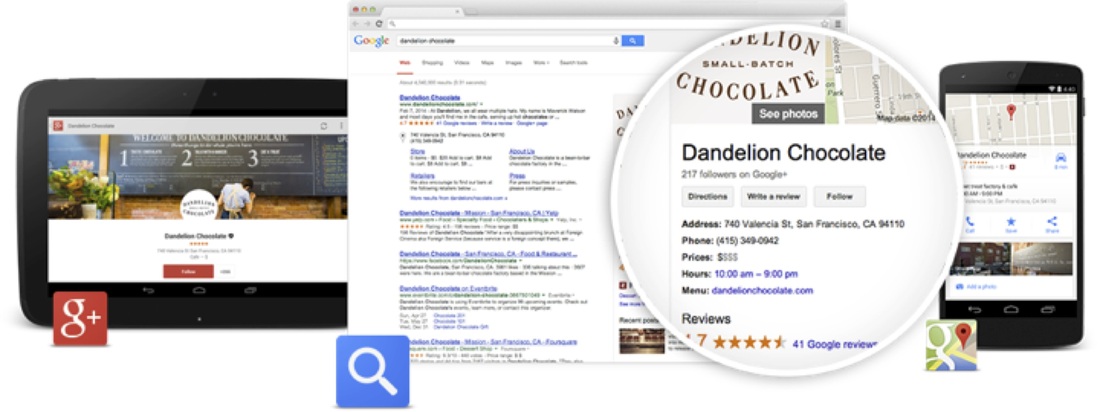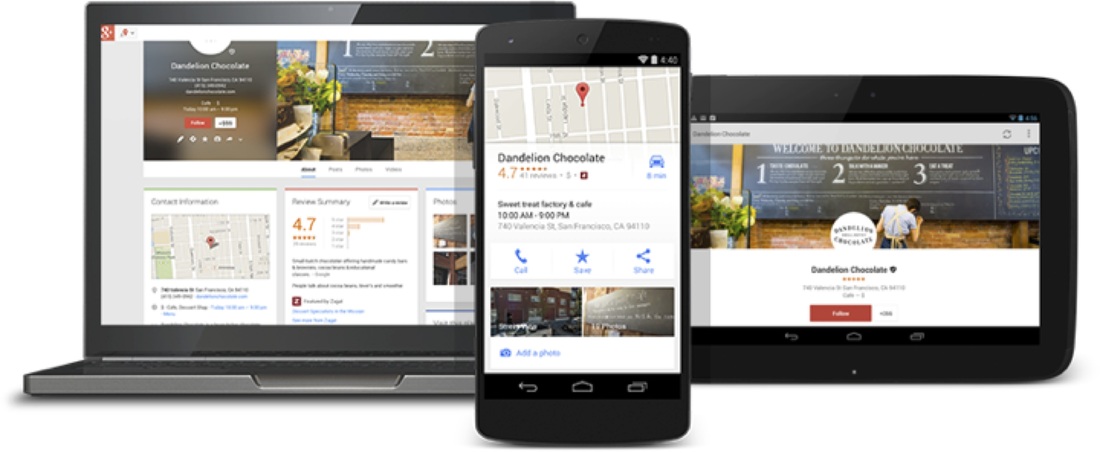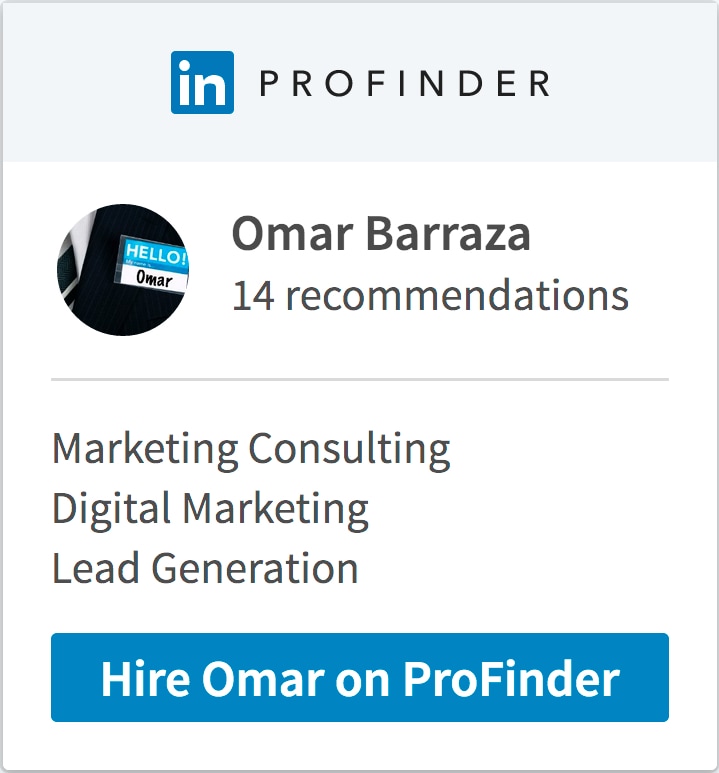Determining the quantifiable benefit of business initiatives is challenging though many executives would agree that better customer experiences result in better sales. This quickly leads to an obvious question: how much revenue can be gained -- or lost -- due to customer experience?
A recent article by Harvard Business Review suggests answers mapped to Net Promoter Scores (NPS) for two types of business models: transactional sales and subscription sales.
Customer Experience Impact for Transactional Sales
The potential impact from customer experience is noteworthy for businesses with a transactional sales model. Customers who report the best experiences purchase 140% more than those who report the worst experiences. Moreover, when compared to NPS Passives:
A recent article by Harvard Business Review suggests answers mapped to Net Promoter Scores (NPS) for two types of business models: transactional sales and subscription sales.
Customer Experience Impact for Transactional Sales
The potential impact from customer experience is noteworthy for businesses with a transactional sales model. Customers who report the best experiences purchase 140% more than those who report the worst experiences. Moreover, when compared to NPS Passives:
- NPS Promoters spend up to 63% more
- NPS Detractors spend up to 56% less
Customer Experience Impact for Subscription Sales
The impact of customer experience for businesses with subscription sales models is profound. Customers who report the best customer experience remain subscribers up to four-times longer than those reporting the worst experiences. Moreover, when compared to NPS Passives:
The impact of customer experience for businesses with subscription sales models is profound. Customers who report the best customer experience remain subscribers up to four-times longer than those reporting the worst experiences. Moreover, when compared to NPS Passives:
- NPS Promoters stay at least 1 year longer
- NPS Detractors leave up to 4 years sooner
Net Promoter Score Refresher
Determining a NPS generally involves surveying customers and asking them a single question: "How likely is it that you would recommend [company] to a friend or colleague?" Responses are scored based on a 0 to 10 scale and categorized as follows:
Determining a NPS generally involves surveying customers and asking them a single question: "How likely is it that you would recommend [company] to a friend or colleague?" Responses are scored based on a 0 to 10 scale and categorized as follows:
- Promoters (score 9-10) are loyal customers.
- Passives (score 7-8) are satisfied customers.
- Detractors (score 0-6) are unhappy customers.
About the Author: Omar Barraza collaborates with founders, owners, and executives to scale their organization's marketing capabilities. His work has facilitated more that $1 billion in revenue, 300% year-over-year company growth, and $150 million in capital raising. Connect with Omar on LinkedIn or visit his website at www.OmarBarraza.com.







 RSS Feed
RSS Feed
